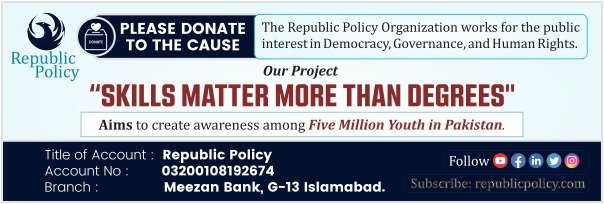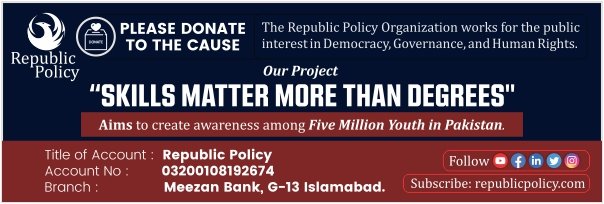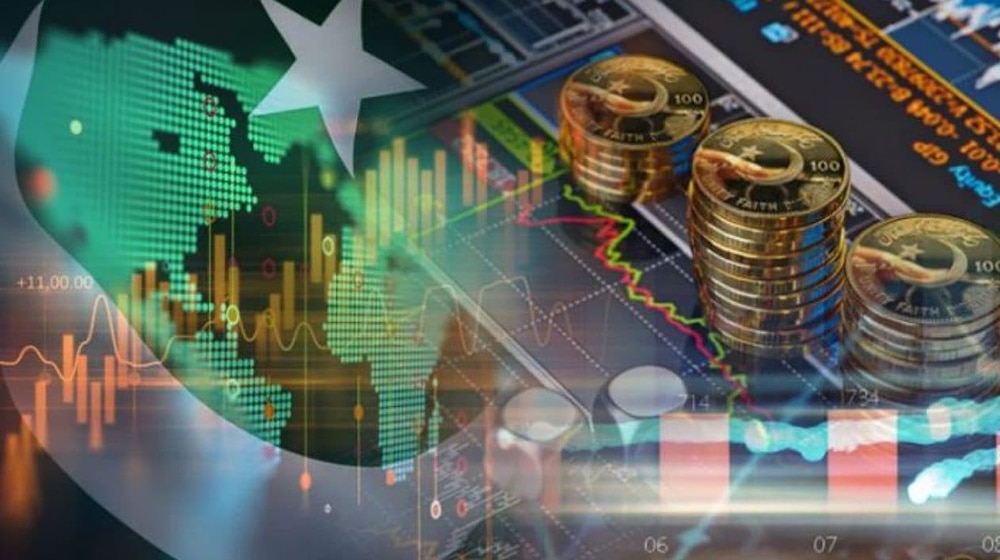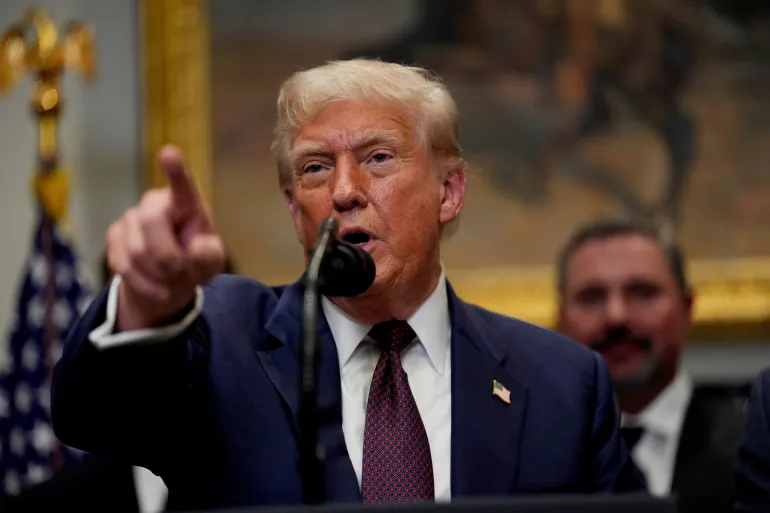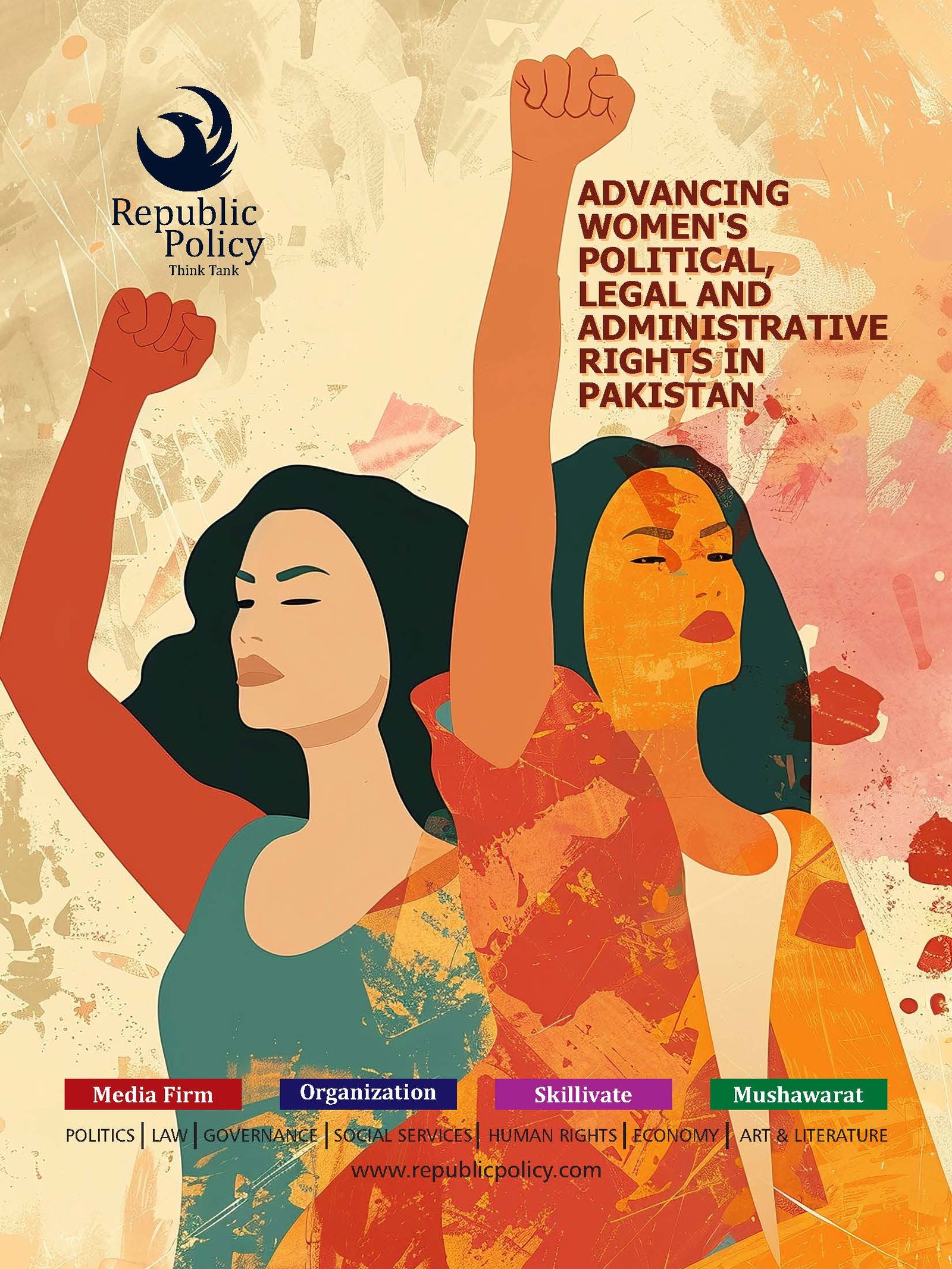Zafar Iqbal
Pakistan’s economy is caught in a challenging cycle of ups and downs, struggling to find stable growth. This instability often forces the country to seek help from outside, like the recent 24th loan deal with the International Monetary Fund (IMF). A significant issue is that exports make up only 10.47% of the country’s economy (GDP), leaving Pakistan vulnerable to global economic challenges, especially when imports account for a hefty 21.85% of GDP and contribute to a growing trade deficit.
For many years, Pakistan has focused on reducing imports to protect local industries. While this seemed beneficial at first, it has led to serious problems. By prioritizing local production, the government’s policies have stifled innovation and hurt competitiveness, creating a bias against exporting goods.
In our interconnected world, thriving economies rely heavily on trade, and Pakistan’s weak export sector is a major shortcoming. Moving towards an export-oriented economy is crucial for achieving long-term stability and success. Historically, fostering local production to reduce foreign dependency might have helped some industries in their infancy. However, reliance on high tariffs and heavy government control has resulted in inefficiencies and products that struggle to compete globally.
Conversely, an export-driven economy involves entering global markets by making goods specifically for export. Countries like South Korea and Vietnam have successfully adopted this model by encouraging trade, lowering tariffs, and providing incentives for foreign investments. These nations focus on being competitive, innovating in technology, and diversifying their exports to become part of global supply chains and foster growth.
For Pakistan, shifting to an export-focused approach is essential. The recurrent economic cycles, made worse by fluctuating oil prices and unstable foreign exchange reserves, can only improve by developing a stronger export base. Yet, changing from an import-heavy model to one that promotes exports is challenging. The current global climate, marked by rising protectionism and trade conflicts, does not make this transition any easier.
Emerging global dynamics complicate matters, as countries increasingly impose protective barriers, making it hard for nations like Pakistan to enter global markets. The ongoing trade conflict between the U.S. and China, along with increasing tariffs from major economies, presents additional hurdles. Countries such as Vietnam, Bangladesh, and India have already made significant strides in establishing themselves globally, leading to fierce competition for Pakistan.
Trade barriers are among the biggest challenges. With countries implementing tariffs and quotas to protect their industries, Pakistani products find it difficult to compete internationally. Moreover, the trend towards regional supply chains, where businesses move production closer to their key markets, makes it even harder for Pakistan to become ingrained in these networks. To combat this, Pakistan needs to enhance its trade relationships, develop solid partnerships, and improve logistics and infrastructure.
Currency volatility adds another layer of complication. Unstable exchange rates coupled with rising inflation increase production costs, eroding the competitiveness of Pakistani exports. Stabilizing the economy and managing inflation are critical if Pakistan hopes to succeed in expanding its export markets.
Despite these hurdles, Pakistan has great opportunities to bolster its export sector by targeting growing industries that align with global demand and the country’s strengths. These sectors, including IT, textiles, agriculture, pharmaceuticals, and renewable energy, hold immense potential for Pakistan’s economic transformation.
One promising area is the information technology (IT) sector, where there is a booming global demand for services like software development and artificial intelligence. Pakistan has a young and skilled workforce, which gives it a competitive edge. By investing in IT infrastructure, enhancing skill development programs, and creating supportive policies, Pakistan can significantly boost its IT exports, particularly in business process outsourcing (BPO).
The textile industry, a long-standing pillar of the economy, also shows significant potential for growth in high-value markets. There is an increasing global demand for sustainable and ethically sourced products. By focusing on quality and premium goods, particularly in Europe and North America, Pakistan can capitalize on this trend. Investing in sustainable practices and effective branding can not only improve exports but also build Pakistan’s reputation as a supplier of quality textiles, inspiring a new era of Pakistani exports.
In agriculture, the focus should shift from exporting raw materials to value-added products. With the global halal food market valued at over $2 trillion, Pakistan is in a prime position to export halal-certified processed foods, dairy, and meat to fast-growing markets in the Middle East and beyond. Furthermore, the China-Pakistan Economic Corridor (CPEC) provides an excellent chance to tap into China’s extensive food import needs, which exceed $140 billion each year.
The pharmaceutical sector is another area ripe for export growth. The demand for affordable healthcare products worldwide continues to rise. By enhancing production standards and focusing on manufacturing for export, Pakistan can take advantage of this growing market, especially in developing nations looking for accessible healthcare solutions.
Lastly, the renewable energy sector holds vast promise. As global economies shift towards greener energy, the demand for solar panels and wind turbines is increasing. Pakistan has the potential to become a manufacturing hub for these renewable energy components, creating domestic jobs while supplying energy-hungry markets.
Transitioning from an import-led to an export-driven economy poses numerous challenges, particularly in a protectionist world. However, by focusing on vital sectors such as IT, textiles, agriculture, pharmaceuticals, and renewable energy, Pakistan can navigate these complexities and build a competitive, global presence. This underscores the importance of Pakistan’s role in the global market and the impact of its decisions on shaping its economic future.
Success will depend on significant investment in infrastructure, youth education, promoting innovation, and strengthening trade partnerships. By learning from the experiences of successful export-driven nations and seizing the opportunities in burgeoning industries, Pakistan can break its cycle of economic instability, achieve sustained growth, and move towards independence from external financial assistance like that of the IMF.


